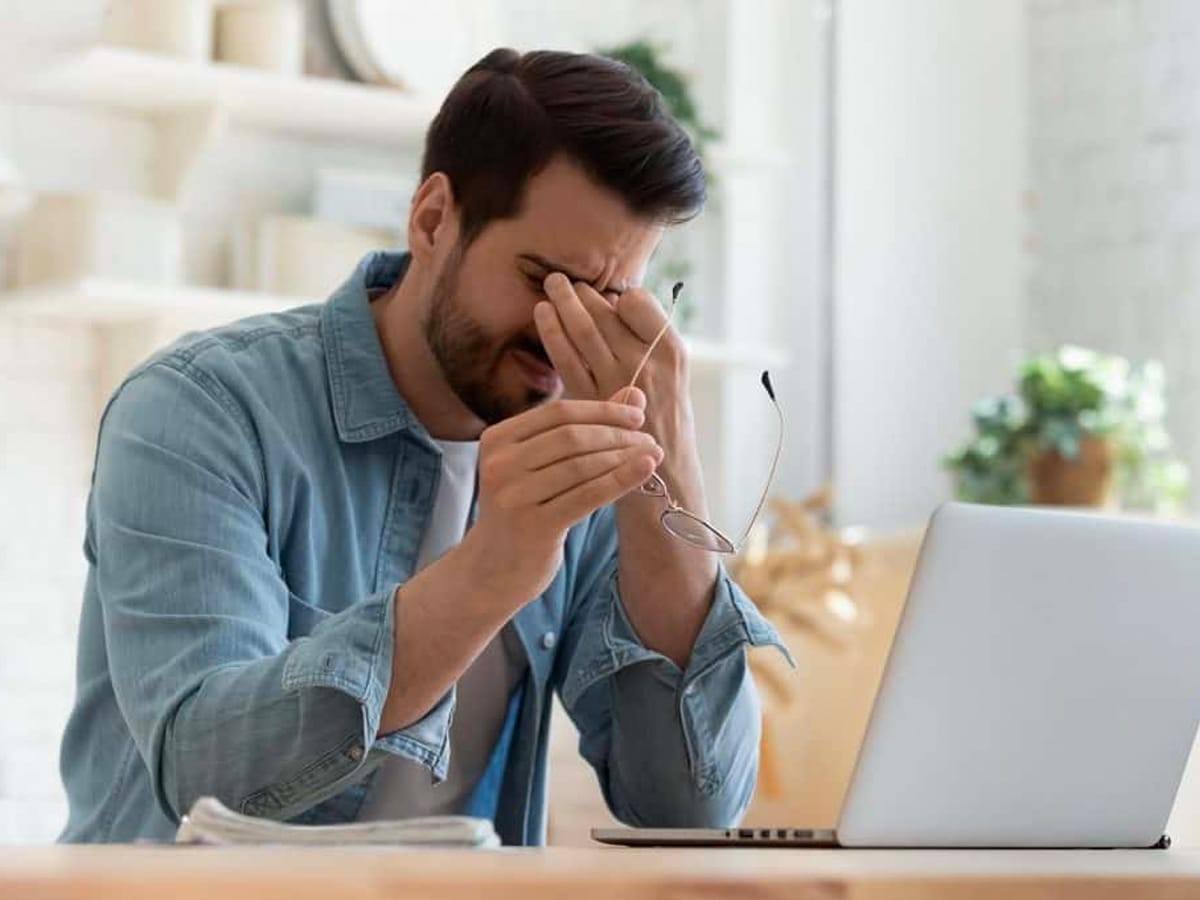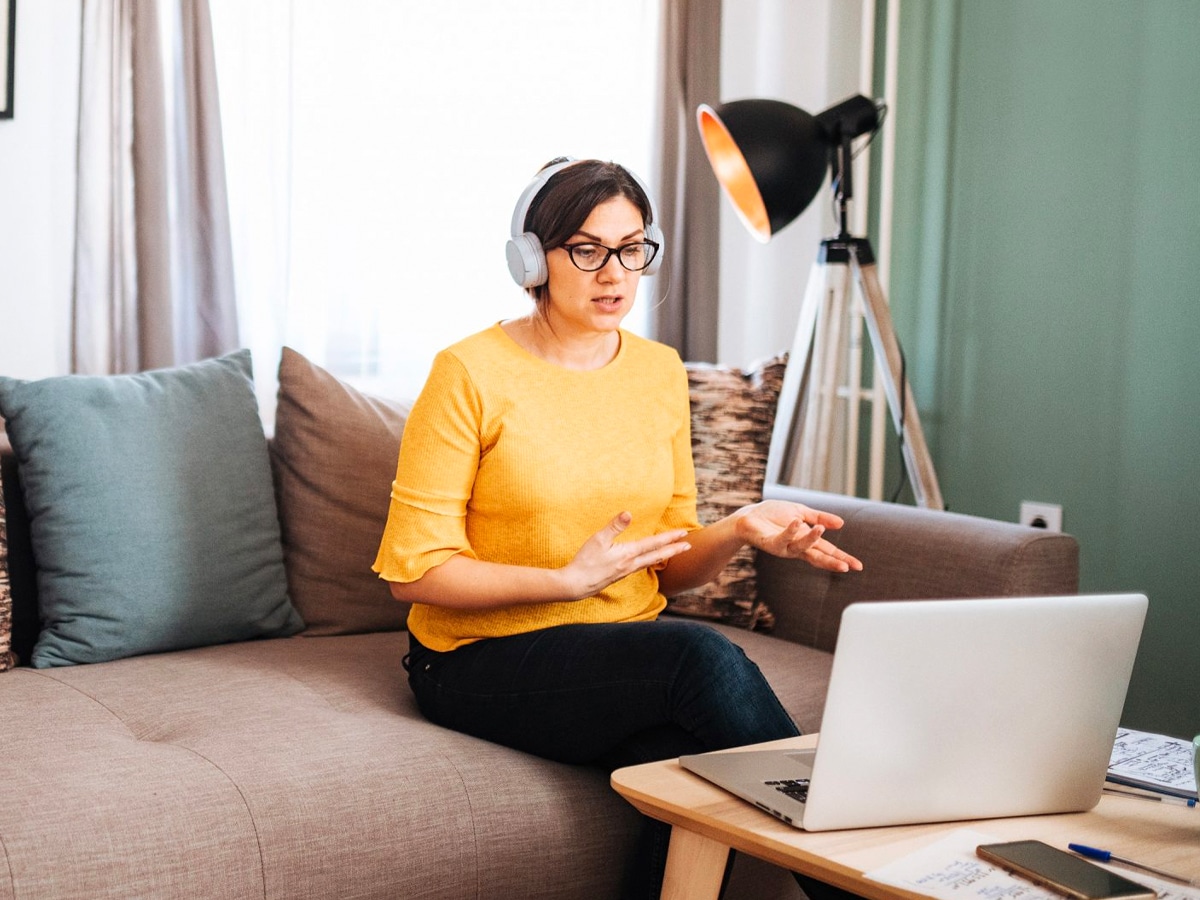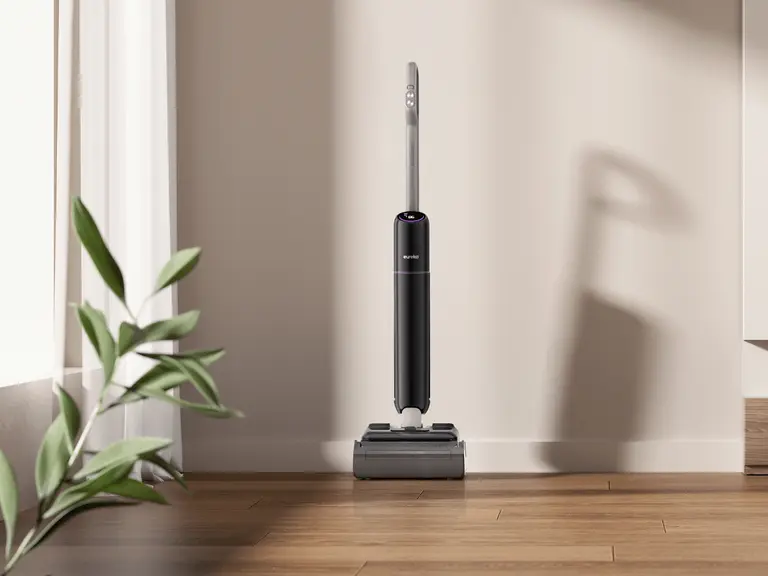Readtime: 10 min
Every product is carefully selected by our editors and experts. If you buy from a link, we may earn a commission. Learn more. For more information on how we test products, click here.
It’s no secret that lockdown and the COVID restrictions placed greater stresses on our mental health, but the long-term implications remain somewhat of a mystery. While we’ve managed to escape isolation, the lasting strain on relationships; personal, working and psychological has remained for many people, but it’s not all doom and gloom. The positive news is that more Aussies are willing to seek help, with organisations such as Lifeline reporting a greater number of first-time callers than ever before, and there are more options out there. If you have been wondering how to see a therapist and what steps you need to undertake to get the ball rolling, you aren’t alone.
Dr James Collison, Clinical Psychologist and Senior Lecturer at the Australian College of Applied Psychology revealed that more Australians are beginning to consider therapy and professional help as a means for improving mental health, particularly during these difficult times.
“There is no zero doubt that many people have seen their mental health worsen in lockdown, and it’s also not a surprise that waitlists for psychologists are increasingly long,” Dr Collinson tells Man of Many. “Most of us are either overloaded and working harder than ever before just to keep afloat, or suddenly adrift in a sea of free time and struggling to find the drive to function at all. Everyone is out of sync, tired, stressed, and generally just well and truly over COVID-19 and its various impacts.”

Mental Health at a Glance
The mental health expert has seen the implications of extended lockdowns first-hand. Working with a number of Australians to boost their mental health, Dr Collison is one of many psychologists and therapists helping to alleviate stress amongst the sea of vulnerable people. It’s a largely thankless job, but the role of allied health professionals during times of crisis is pivotal and getting the dialogue started is the first step in a long journey.
“The conversation is changing, but the impact is still present,” Dr Collison says. “Young people are leading the way on this one. Teenagers have become increasingly adept at talking about their feelings, supporting one another, and being tolerant of different perspectives on things like sexuality and gender.”
But despite this, suicide is still the leading cause of death for Australians aged 15 – 44, with males about 2-3 times more likely than females to end their life voluntarily. “So, while the conversation is changing we need to keep pushing the message, especially to young men that it is okay to speak about your feelings, it doesn’t make you weak and everyone struggles at times,” the mental health expert explains.
That’s where therapy comes in. While our mental health system can be complex and fragmented at times, finding the care you need is surprisingly simple, and it all starts with a mental health treatment plan.
What is a Mental Health Treatment Plan?
For those looking to go to therapy for the first time, the process can seem daunting. The idea of big leather couches, the disgruntled older gentlemen posing challenging questions and the inner monologue wreaking havoc conjure a less-than-inviting image, but the reality is far different. Seeking therapy starts in a much more familiar place, at the doctor’s.
Physical and mental health issues frequently overlap, and often the former is more noticeable and easier to talk about than the latter. That’s why your GP is a good place to start. Your GP can help assess how your physical issues may be related to mental health difficulties. Over the course of 30-45 minutes, your doctor will explore symptoms, strengths and vulnerabilities, to inform a plan for care, called a Mental Health Plan, which is then sent to the therapist of your choice or someone that your GP recommends. You will then contact the mental heath professional to make the appointment or, if you need assistance, GPs or practice nurses will often assist in this process.
Best of all, a Mental Health Care Plan (MHCP) from your GP gives you access to Medicare rebates for up to 10 appointments per calendar year with a registered psychologist, social worker or occupational therapist. During the height of the Covid pandemic, this was increased to 20 sessions per calendar year, but the Australian government recently reverted back to 10 sessions at the beginning of 2023. , you previously had access to ten subsidised sessions per calendar year with a registered psychologist, social worker or occupational therapist.
“A mental health care plan is a support strategy for someone who is going through mental health issues. If you have a mental health care plan, the Medicare rebate covers you for a certain amount of the value of your session,” Dr Collison says. “You can see a psychologist without an MHCP, you just need to pay the full fee – it’s fundamentally no different to a referral for a specialist, with the exception being that most specialists do not have limits on how many times you can see them in a year.”

Using Telehealth
Unusual circumstances call for unprecedented innovation and even the world of mental health treatment adapted to the COVID-19 pandemic. With restricted travel, increased demand and far fewer people keen on face-to-face treatment, a great number of psychologists moved to telehealth during the pandemic. Telehealth sessions via video platforms like Zoom or Coviu offer a similar experience as being in the room with another person and more importantly, ensured that people had access to mental health care during lockdowns and restrictions.
“In many ways, it’s even better because you don’t have the stigma that can sometimes follow you – like worrying about seeing someone you know, or feeling overwhelmed about leaving the house. And bonus, neither of you need to wear pants (trackies and pyjamas are totally fine),” Dr Collison says. ” So, if you can’t see someone face-to-face, ask for a telehealth session. It’s super easy to organise and there are no additional costs. The only thing to consider is that you need a device, strong internet connection and a quiet and private space in your home to have a chat.”

How to Choose a Therapist
Equally as important to seeking help, is seeking the right help. When it comes to selecting a therapist, there are a few things to consider, but there’s no need to feel overwhelmed. Dr Collison says this step is all about being in tune with yourself. Here are his tips on how to choose a therapist or mental health professional:
- Find someone you are willing to listen to – Like if your grandfather was the captain of the fire brigade for 40 years and he’s teaching you how to dig a fire break, or your Nan is showing you how to make her world-famous zucchini slice – you don’t argue with them, you listen, take notes, and put that into action.
- Find someone you trust – At some point, they will say “you need to do A, B, and C to get better”, and if you don’t trust, respect or feel safe with that person, you won’t do it and you won’t benefit from the sessions.
- Find someone who uses evidence-based treatments – Look for someone who uses evidence-based treatments like cognitive-behaviour therapy (CBT) and not whatever the latest fad therapy is that month. They should be clear and upfront about their experience and qualifications, and if they’re a psychologist you should be able to find them on the register.
- Find the person that is right for you – Sometimes you can find the right therapist for you straight away, and other times in can take a few tries. It’s okay to look around until you find the right fit, it’s okay to discontinue with your therapist if you don’t feel you are progressing and it’s okay to seek a second opinion at any time.
Who Can See a Therapist?
While the rapid increase in demand for psychologists and therapists during lockdown was a sign of the times, it also led to a change in values. Previously, therapy was seen as only for those who needed treatment for a mental illness. Now, Australians are beginning to understand that just like you get regular checkups for your physical health, therapy can be a way to boost and maintain your mental health.
“While there may have been a stigma around seeing a psychologist in the past, the tide seems to be turning in the modern age. Seeing a psychologist has become as normal and easy as seeing your dentist or getting a prescription filled,” Dr Collison says. “Going to therapy has the same impact on your emotional well-being as going to the doctor has on your physical well-being – you wouldn’t just leave an open wound to get infected or hope a snake bite will take of itself, so why avoid talking about your issues? Everyone has physical health problems from time-to-time. We catch a cold or pick up a virus, get headaches or other physical injuries and ailments (amongst other things). Mental health is no different – we all get stressed or overwhelmed at times.”

How to See a Therapist (Step by Step)
If you are considering seeing a therapist for the first time, the process may be intimidating, but Dr Collison confirms it’s actually “incredibly easy”. More important, it’s necessary.
“There’s a lot of benefits to seeing a psychologist – being happy, not feeling down every day, being confident in your relationships and your body, feeling like you have your stuff together and you’re in control of your life,” he says. “Remember, suicide is the leading cause of death for Australians aged 15-44, and it’s even worse for us men – having someone on “your team” whose primary job is to support you and help you work through your issues, is the major benefit of visiting a psychologist.”
Here is a step-by-step guide on how to see a therapist, as explained by Dr James Collison, Clinical Psychologist and Senior Lecturer at the Australian College of Applied Psychology:
- First, book an appointment with your doctor. When you book, tell them you want to talk about a mental health care plan. That way, the doctor will know in advance and be able to set enough time.
- Then, at the appointment, talk to the doctor about what’s been going on. It helps to be as open as possible. If you’re feeling nervous, there’s no need to worry – that’s a really normal response, but doctors see people for mental health care plans for all the time. They’re trained to listen, and except for in some special circumstances, what you tell them is confidential.
- Your doctor might ask you to fill out a questionnaire about how you’ve been feeling to work out the best support for you. They will then supply you with a MHCP and refer you on to the psychologist.
Remember, while the process to see a psychologist is simple, there has also been a high strain on services during the COVID-19 pandemic, and therefore, lengthy waitlists. If you are struggling, consider widening your search to a counsellor, social worker, or another mental health professional.
General FAQs
A Mental Health Treatment Plan is a detailed guide for people with a mental health disorder created by their doctor, outlining the goals for your treatment.
When it comes to seeing a therapist, there are a few stages you have to go through. The best place to start is with your GP, who can provide you with a Mental Health Treatment Plan and refer you to a psychologist. They will generally advise you of some psychologists in your area, or may recommend that you ring a psychology clinic directly for more information about making an appointment. From there, you can schedule an appointment and begin your treatment.
































Comments
We love hearing from you. or to leave a comment.